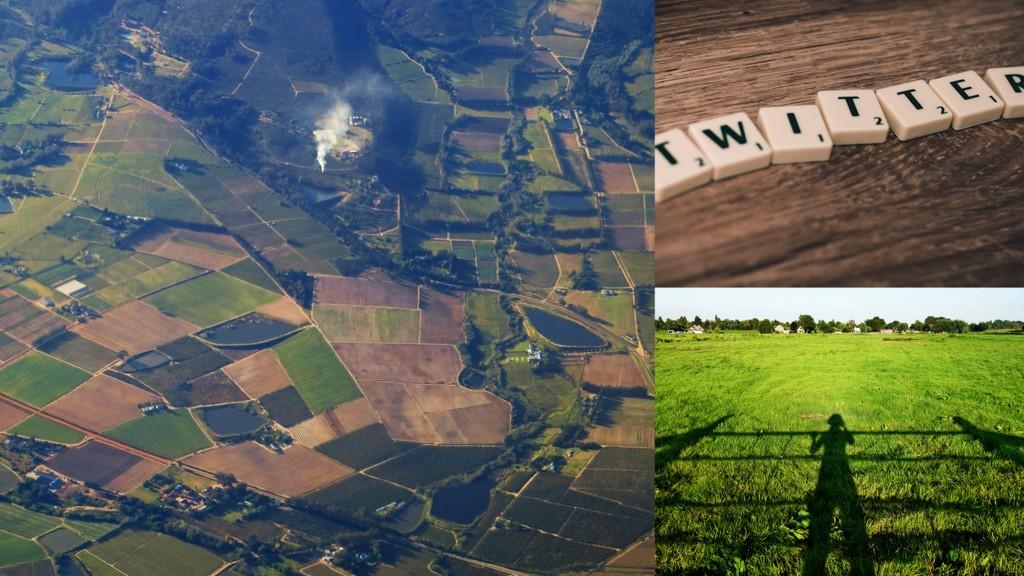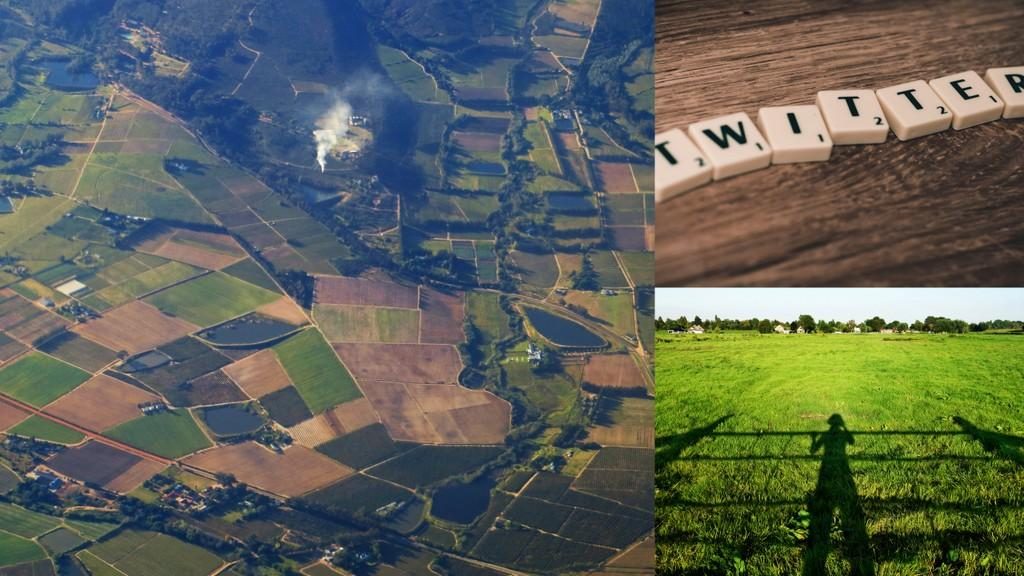Farming First has launched a provocative social media campaign, aimed at exposing the gender gap in agriculture. FAO data states that despite women comprising 43 per cent of the agricultural workforce, they produce on average 20-30% less crops than men per hectare. Yet according to the coalition, the reasons for this gap are widely misunderstood.

To encourage conversation around the topic, Farming First released an image on social media, asking its audience to fill the gap in the phrase: “Women in agriculture can’t …………………. as well as men.”
“The gender gap affecting female farmers, agripreneurs and agricultural researchers has nothing to do with their ability, but rather the opportunity they have to access critical tools and training,” commented Yvonne Harz-Pitre, Co-Chair of Farming First.
These reasons are multiple and diverse. According to a recent report from UN Women, only 13 percent of agricultural landholders worldwide are women. Despite significant growth in recent years, only 30 per cent of agricultural scientists in Kenya and Nigeria are female, according to the International Food Policy Research Institute. FAO also reports that women receive only 10 percent of the aid directed to agriculture, and only five per cent of agricultural extension services.
“We have a long way to go, not only to close the gender gap in agriculture, but to educate society on its root causes. Only when these are understood, can they be tackled,” said Robert Hunter, Co-Chair of Farming First.
Farming First’s campaign has extended the “fill the gap” concept to showcase stories of women who have successfully “filled” the gender gap in agriculture, by overcoming the challenges cited above. This has included the story of Chanda Devi, Chairperson of a co-operative in Bihar, India, that has worked with TechnoServe to train 260 women on lychee production. It also includes the story of Lubov Semenyuk, the female CEO of a food processing factory in the Ukraine who is working with Chemonics and USAID to open new markets for farmers growing traditional crops, particularly women farmers in remote areas.
“Given the right resources, women could lift another 150 million people out of hunger,” said Kati Partanen, who leads the Women’s Committee at the World Farmers’ Organization. “We simply cannot meet the Global Goal of ending hunger without their full and unbridled participation.”

